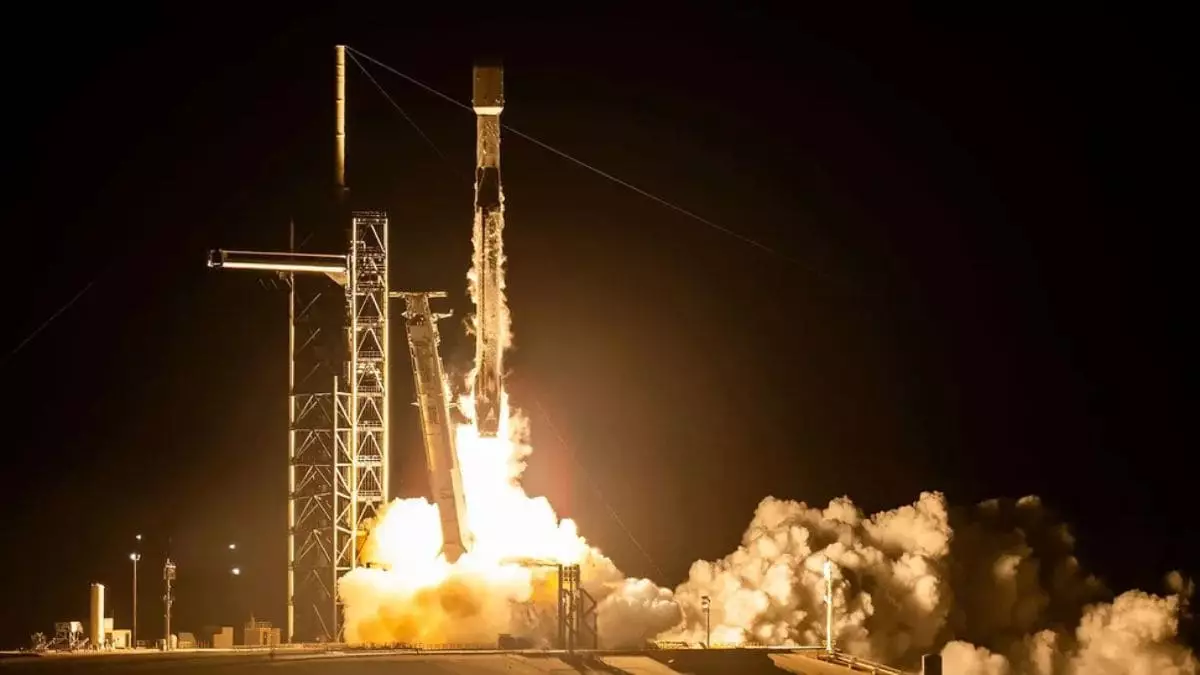SpaceX is on the brink of revolutionizing space travel with its audacious plan to execute 170 orbital missions by 2025. This staggering goal isn’t just a numeric ascent but a statement of intent, showcasing the company’s ambition to dominate the aerospace sector and redefine the very nature of space exploration. Anne Mason, the director of national security space launch at SpaceX, revealed this bold target in a recent media briefing that teetered on the edge of the extraordinary, where regular orbital launches become just another facet of daily life. With the 2023 record of 134 launches in their sights, it’s hard not to feel a blend of excitement and skepticism. Can SpaceX truly sustain this pace, or are they courting a level of overreach that could lead to monumental failures?
The Mechanisms Behind the Madness
The secret sauce behind SpaceX’s potential success lies in its operational efficiency and unparalleled rocket reusability. The Falcon 9 and Falcon Heavy rockets have made substantial contributions to this efficiency, with the Falcon 9 carrying the lion’s share of the launch burden in 2023. It’s no secret that the company has starkly transitioned from 25 launches in 2020 to an ambitious target nearing daily flights. Yet, this impressive growth begs critical questions about sustainability and the pressures faced by the talented team behind the scenes. The production of expendable Falcon upper stages every two and a half days is beneficial, but at what cost? Is the relentless push for efficiency creating a culture where safety and quality might be compromised for the sake of sheer volume?
Starlink: The Double-Edged Sword
A significant portion of SpaceX’s orbital flights is dedicated to Starlink, their satellite internet constellation that now boasts over 7,500 active satellites. While it represents a groundbreaking foray into global internet access, it is a strategy fraught with perils. The saturation of low Earth orbit with thousands of satellites not only raises concerns about space debris but also questions the long-term viability of such an overwhelming presence in space. Are we creating a technological utopia, or are we inadvertently paving the way for a cosmic landfill? The reliance on Starlink’s development for revenue may serve SpaceX currently well, but what happens when the market stabilizes or, worse, saturates?
The Future of Space Exploration
The ongoing development of the Starship for deep space missions and Mars colonization showcases SpaceX’s forward-thinking vision, yet it too embodies the risk of hubris. This excitement for exploration must juxtapose a stark realization: the challenges of deeper space travel necessitate a cautious approach. The threats of overextension loom large as SpaceX pursues its lofty goals while navigating complex technological and logistical hurdles.
By positioning itself as a leader in both commercial and government aerospace sectors, SpaceX exemplifies the transformative potential of modern technology in revolutionizing our approach to space. However, as we look ahead to what could potentially be the era of spacefaring civilization, a robust dialogue is crucial. We must constantly critique the implications of rapid innovation against the need for accountability, sustainability, and ethical responsibility in our expanding foothold beyond Earth.


Leave a Reply